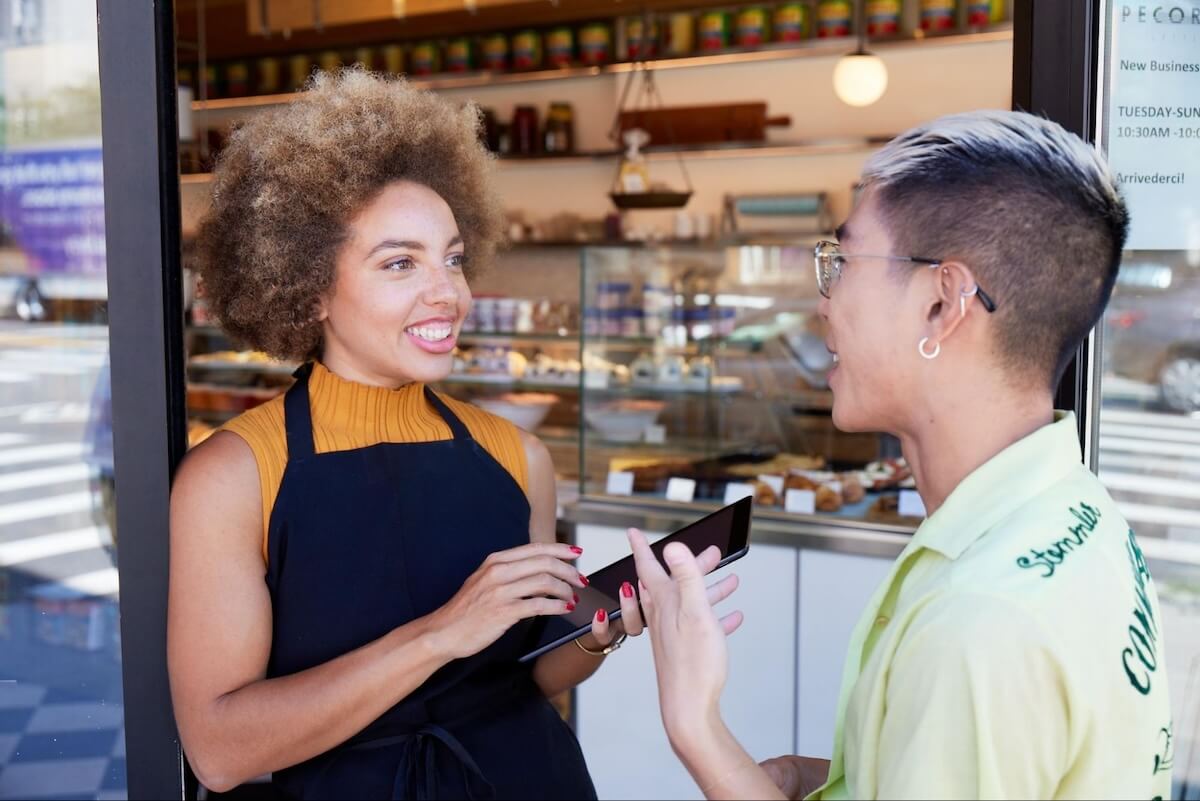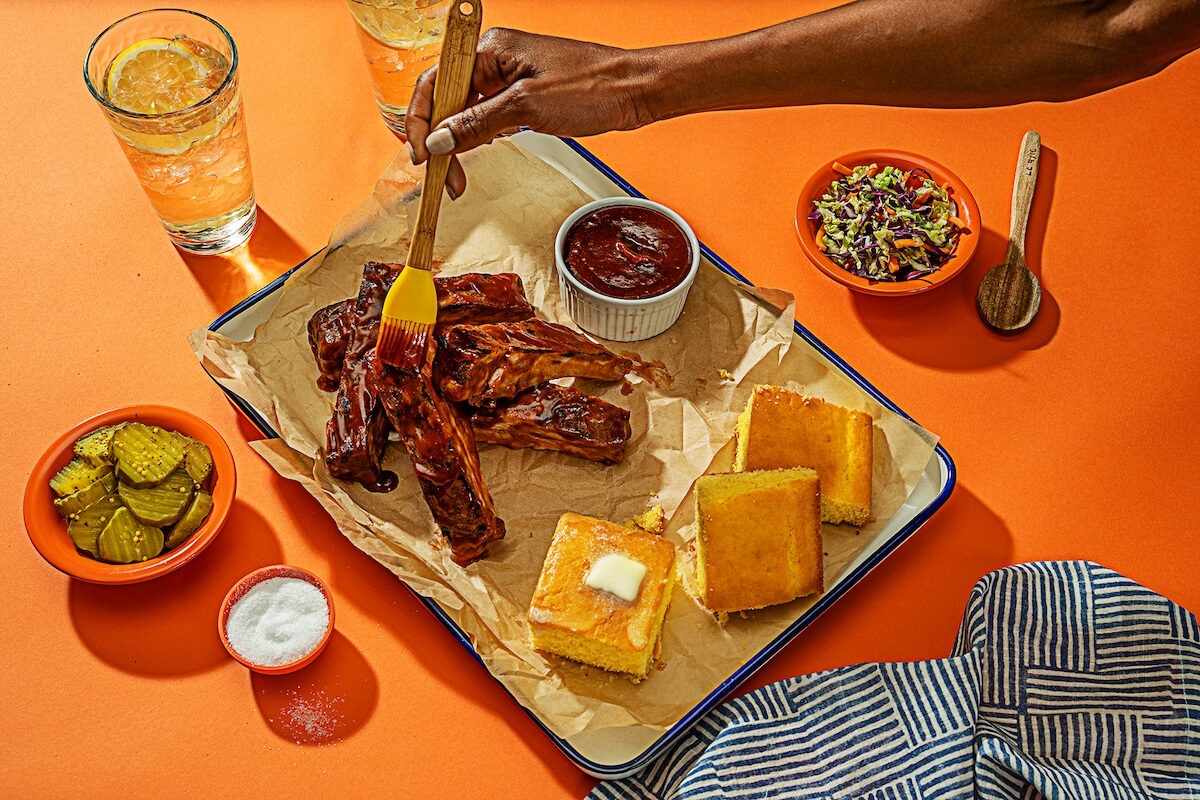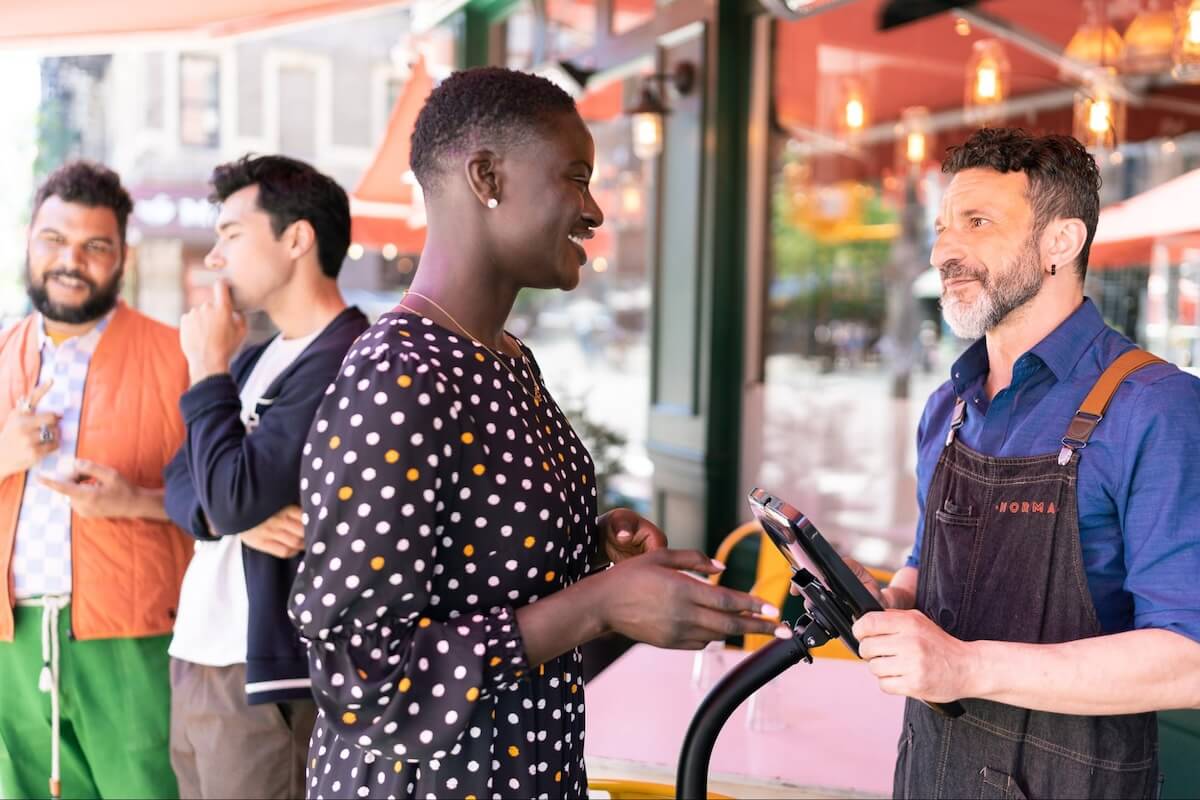Simple but effective ways to market a restaurant to tourists
If you find you’re in a tourist destination—no matter to what degree—it’s a wise idea to market your restaurant to tourists. Whether you’re in a tourist hotspot in the USA like New York or a small town pretty much anywhere, you can still pick up on tourist dollars by following some smart marketing strategies. There are a lot of ways to do this, fortunately, and we’re here to help you figure out the best ways forward to increase your customer base.
Marketing a restaurant to tourists is just another branch of general restaurant marketing, which focuses heavily on the online aspect. But working on your online presence isn’t the only way to get potential customers into your eatery. There are plenty of other tourism marketing tools that can help restaurant owners tap into the tourist demographic and find themselves some new customers.
So, let’s take a look at three main ways to tap into the tourist market: your online presence, your local connections, and the food you serve.
Optimizing your online presence for tourists

There are multiple ways to tailor your online presence to tourists. Many of these practices are already standard in the restaurant industry, but we’ll go through each in detail to make sure you have all your bases covered.
Nail your social media presence
Social media is an absolute must for any restaurant looking to target and attract tourists. This includes traditional social media platforms like Instagram, Facebook, TikTok, and more. You’ll want to have regular posts including visual media like photos and short videos, your menu easily available, and weekly or nightly specials and events highlighted on your social media pages. Using these pages to promote events like live music or trivia nights is a great way to get customers in the door and advertise your ambiance.
Naturally, you’ll also want to claim your business page on Google and Yelp so you can pin yourself on maps, give important info like your hours, address, website, and phone number, and provide easy-to-find photos of your establishment and menu.
Rely on review sites
Tourists specifically rely on online review sites like Tripadvisor and Yelp for reviews. Food tourism especially draws heavily on the reviews from other travelers who post high-quality reviews of both the food and their dining experience. Ranking in the top 10 on Tripadvisor or Yelp can confer an enormous benefit to the tourist market. Writing from a very touristy town, I can tell you from simple observation that the restaurants busiest with tourists all put lots of focus on their review pages. Tripadvisor has hundreds of millions of viewers worldwide and is most popular outside the U.S., while Yelp has the largest restaurant consumer network in the U.S.
Managing these review pages can take some work, but the rewards are well worth it. Make sure to respond to both negative and positive reviews to indicate that you’re an engaged, real person.
Using Yelp Guest Manager can draw a large number of diners to your page, and you can tell your story and share your best message with nearby tourists using Yelp Connect. Yelp has a massive viewership in the U.S.: It reaches 8x more consumers online than OpenTable.
Optimize your website
Getting your search engine optimization (SEO) down pat can be a game changer and help you tap into the tourist market. But SEO can be a tricky business, so unless you either have plenty of experience doing so or no competition at all, you’ll need to make consistent tweaks and upgrades to your restaurant website’s SEO.
If you want to do your SEO yourself, you’ll want a keyword tool to tell you what words and phrases to emphasize in your on-site content. Posting regular blog posts using these keywords can help you reach a wider audience via search. Making content internationally friendly is a good idea, especially if you see lots of non-English speaking tourists. Use a translation plugin to allow potential diners to translate your webpages to their language. Conversely, if you’re in a non-English speaking region, providing an English menu online can help attract tourists.
Remember: The main goal of SEO is to rank high for specific search terms on Google, many of which are highly prized. So, if you’re aiming for “BBQ restaurant Memphis” you’re going to have a lot of competition. So, look for keywords with less search competition—maybe consider “best ribs on Beale Street” or “best family-style restaurants in East Memphis” as examples.
If you don’t feel like learning SEO (it’s not easy!) you can always farm the work out to an SEO-trained blogger. Many websites do exactly that. There’s a reason the SEO industry is worth $122 billion.
Establishing local connections

In addition to building your online presence, you’ll also want to make connections with other local businesses in your town. For example, teaming up with a company in the tourism industry to promote yourself as a culinary tourism destination can be a major revenue boost. Offer discounts to the company for group tours and you can build a relationship that works for both businesses.
Similarly, making friends with local hotel concierges is a great way to build rapport. This is especially true if you’re in the fine dining sector, since the type of people who stay at hotels with concierges are often the same ones who frequent fine dining restaurants. Exactly what deal you strike with a concierge is up to you, but concierges can send a fair bit of business your way.
If you’re near a tourist attraction, put up flyers or brochures (if allowed) around the attraction to get attention for your restaurant. You can put a QR code on a poster, for example, which customers can scan to download a coupon.
Tailoring your menu and ambiance to tourists

Culinary tourism is big business these days, and growing fast. The global culinary tourism market in 2023 was worth an estimated $1.54 billion and is anticipated to reach $4.12 billion by 2029. That’s huge growth.
When people travel with food on their mind, they’re usually looking for local food. No matter what corner of the world you find yourself in, there will be local specialties and local ingredients to tap into, including seasonal produce. Play that up on your menu to bring in those tourist dollars while improving your sustainability. Locally sourced food is fresh and tastes good, so making friends and business arrangements with local suppliers is a smart move.
Food tourists are excited to try menu items they haven’t had before and will often document their food experience on their own social media, which helps boost your marketing efforts for free.
Because foodies want to try new things but may not always be familiar with local specialties in your region, make sure your menu descriptions are as clear and compelling as possible. Using photos, either on the menu or on the walls, to give customers a clear idea of what to expect can be a great way to help sell more local foods.
You’ll also want to make your ambiance tourist-friendly, with comfortable seating, ambient lighting, locally specialized décor, and anything else that makes you stand out as a local-forward eatery. Have a fun mural wall that encourages selfies, videos, and creative food photography.
Maybe most importantly, you need to train your staff to welcome tourists, encourage them to provide information about interesting things to do in the region, and equip them on how to interact with diners who don’t speak their language. (Google Translate is magical for this!)
Want to go above and beyond? Post a cheat sheet of basic phrases in common languages by your host stand to help your team greet and seat international tourists. If your town is a hotspot for certain visitors, you might even consider hiring some hosts and servers who can speak that language. Seeing tourists’ eyes light up at the realization that they can communicate in their native language is priceless—and will help your reputation as a perfect place for out-of-towners.
Make your front-of-house the star in addition to local food

If you’re really looking to make your marketing efforts pay off, you’ll want to use an all-in-one front-of-house (FOH) management tool that allows for online reservations and waitlists, table management, two-way communication with guests, and more. Tapping into online ordering via third-party delivery services can also be a great way to get to exhausted tourists who don’t feel like going out.
There’s a name for the system that does all this and more: It’s called Yelp Guest Manager. With a flat monthly fee, meaning no cover charges for online reservations, you can get the best bang for your buck on the market with a robust FOH platform. On top of all that, you’ll get a dedicated onboarding manager that will help you through the learning curve—a real human being, no less, and not some online chatbot.
Want to see if it’s right for you? Curious how Guest Manager can help you drive sales for tourists and more? Reach out to us for a free demo and we’ll show you around. The food tourism sector is set to keep growing by leaps and bounds, and it’s the perfect time to stand out in the industry.